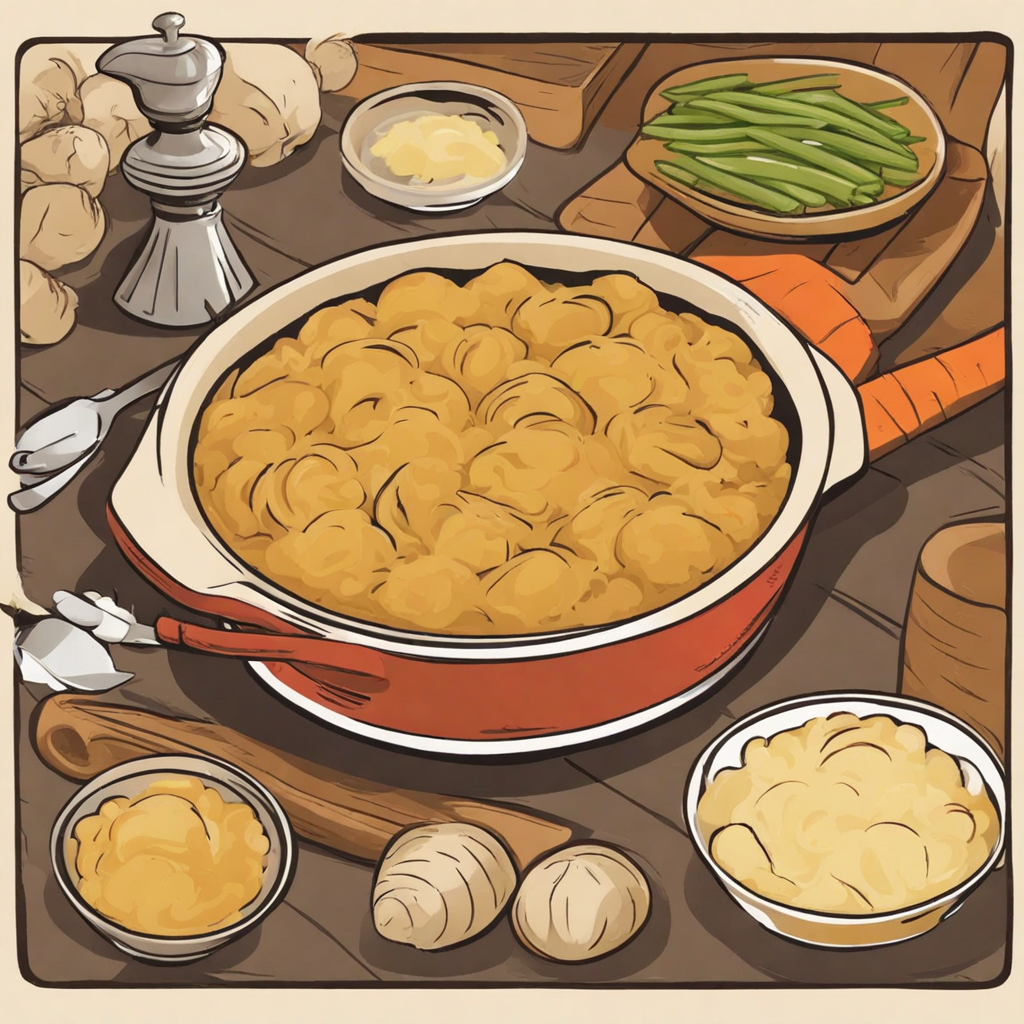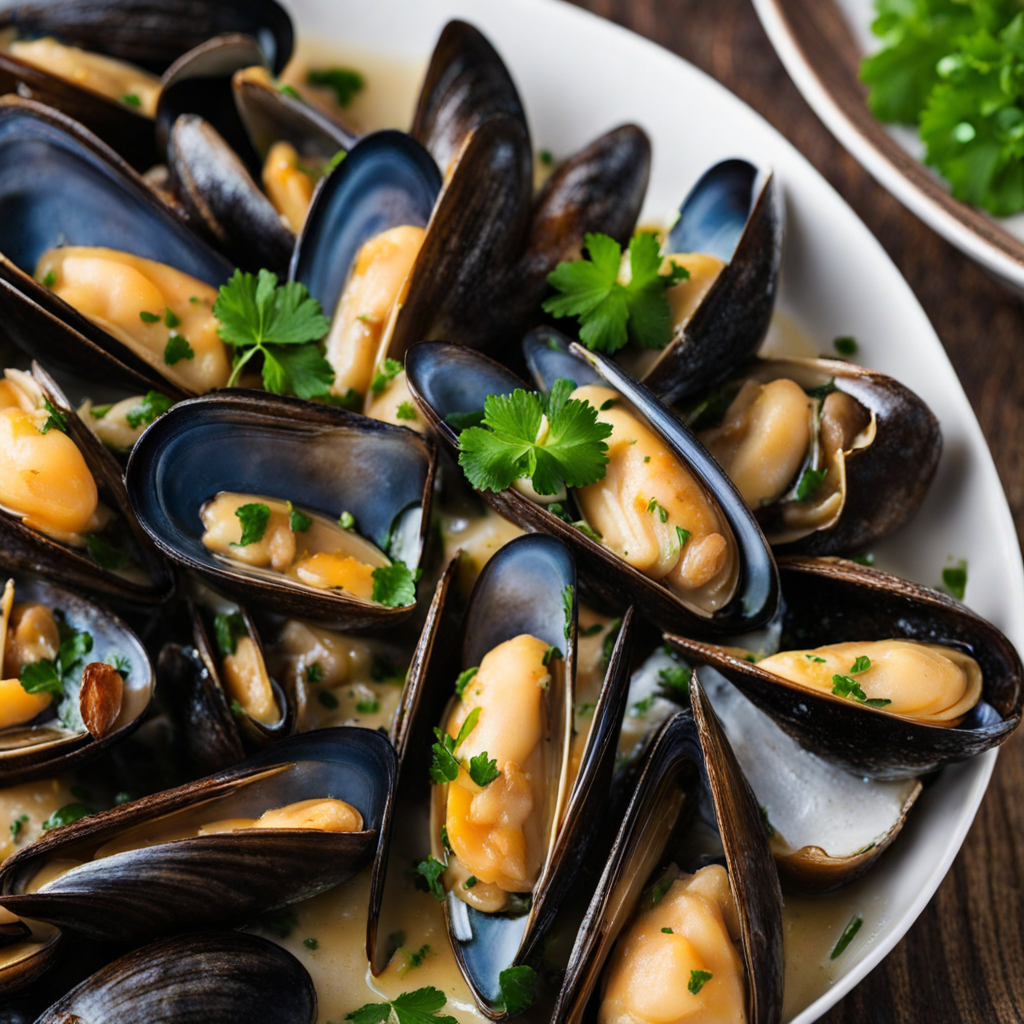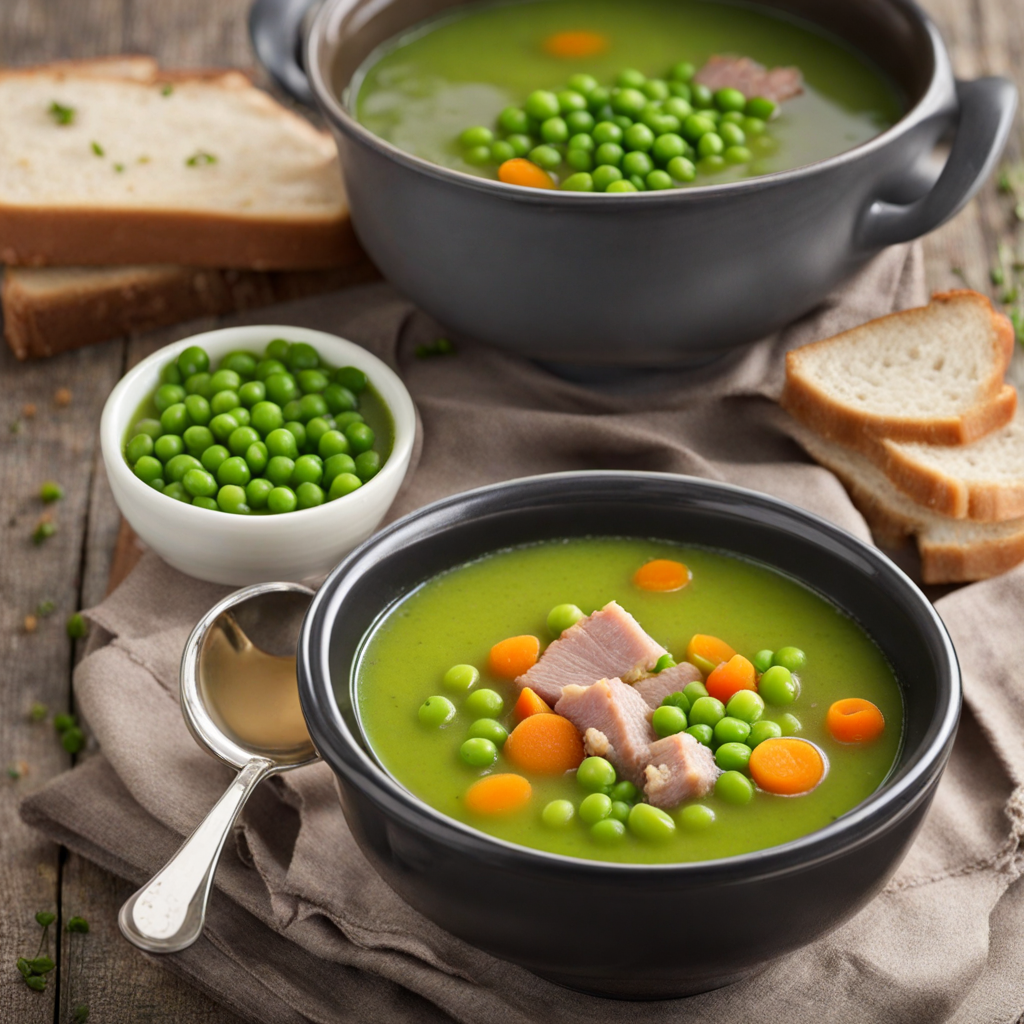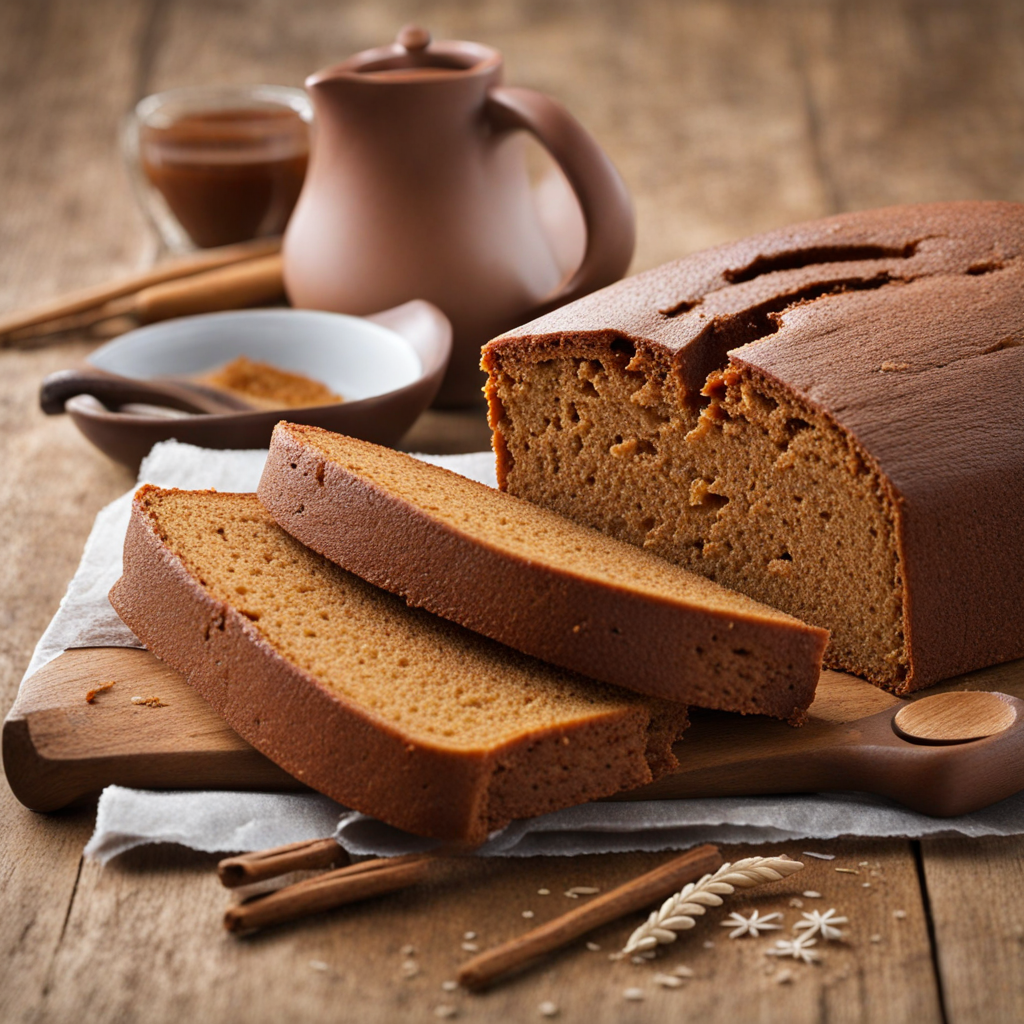Hutspot
Hutspot is a traditional Dutch dish that embodies the comforting essence of home-cooked meals. At its core, this hearty recipe consists of a delightful mash of potatoes, carrots, and onions, which are boiled together until tender and then blended into a smooth, creamy consistency. The combination of these ingredients creates a sweet yet savory flavor profile that is both satisfying and warming, making it a beloved staple during the colder months. The simplicity of Hutspot allows the natural sweetness of the carrots to shine through, while the onions add a subtle depth, making every bite a delightful experience for the palate. Traditionally, Hutspot is often served with a generous helping of braised meat, such as beef or sausage, which elevates the dish to a complete meal. The rich, savory juices from the meat seep into the mashed vegetables, adding an extra layer of flavor that enhances the overall taste. This pairing not only provides a wonderful contrast between the tender vegetables and the hearty meat but also reflects the Dutch culinary tradition of making the most out of simple, locally sourced ingredients. Hutspot is not just a dish; it’s a celebration of Dutch heritage and comfort food. Often enjoyed during festive occasions such as the celebration of the liberation of the Netherlands, it carries a sense of nostalgia and warmth. Whether enjoyed at a family gathering or as a cozy dinner after a long day, Hutspot offers a taste of Dutch culture that invites newcomers to savor its wholesome flavors and connect with the heart of the Netherlands.
How It Became This Dish
Hutspot: A Culinary Chronicle from the Netherlands Hutspot, a traditional Dutch dish, embodies the heart and soul of the Netherlands, weaving together history, culture, and the humble ingredients of the land. As a nourishing and comforting meal, it is quintessentially Dutch, often made from a combination of potatoes, carrots, and onions, and typically served with meat. To truly appreciate Hutspot, one must delve into its origins, cultural significance, and evolution over time. #### Origins: A Dish Born from Resilience The roots of Hutspot can be traced back to the 16th century, specifically during the Eighty Years' War (1568-1648), a pivotal conflict fought between the Dutch provinces and Spanish rule. Legend has it that Hutspot was first prepared by Dutch soldiers after the successful Siege of Leiden in 1574. According to folklore, the soldiers stumbled upon a pot of stew left behind by the retreating Spanish forces. This pot contained a mixture of root vegetables, which they salvaged and cooked together, resulting in a hearty, warming dish that provided sustenance and energy. The name "Hutspot" is believed to derive from the Middle Dutch word "huts," meaning “to chop” or “to mash,” referencing the way the ingredients are prepared. Initially, Hutspot was a simple, practical dish made from whatever vegetables were available, reflecting the resourcefulness of the Dutch people during a time of scarcity and hardship. #### Cultural Significance: A Symbol of Dutch Identity Hutspot is more than just a dish; it has become a symbol of Dutch identity and resilience. In a country where agriculture has historically played a crucial role, Hutspot represents the connection between the land and its people. The ingredients—potatoes, carrots, and onions—are staples of Dutch farming, showcasing the bounty of the region and the importance of seasonal produce. Over the centuries, Hutspot has evolved from a wartime sustenance into a beloved comfort food, often associated with home and family gatherings. It is typically prepared during the colder months, providing warmth and nourishment to combat the chill of Dutch winters. In many households, Hutspot is a staple of traditional Dutch cuisine, frequently served on special occasions, such as birthdays, holidays, and family feasts. The dish has also found its place in the annual celebration of Leidens Ontzet, commemorating the liberation of Leiden from Spanish siege in 1574. As part of the festivities, locals often prepare and share Hutspot, paying homage to its historical roots and the resilience of the Dutch spirit. This connection to the past imbues the dish with a sense of pride and nostalgia, making it an integral part of the cultural tapestry of the Netherlands. #### Development Over Time: From Simple to Sophisticated As with many traditional dishes, Hutspot has undergone transformations over the years, adapting to changing tastes and culinary trends. Originally, Hutspot was a straightforward mash of boiled vegetables, seasoned with salt and pepper. However, as culinary practices evolved, so too did the dish. In the 19th century, with the advent of more refined cooking techniques and the influence of French cuisine, Hutspot began to see variations in preparation and presentation. Chefs started to incorporate additional ingredients, such as butter, cream, and spices, enhancing the flavor and texture of the dish. This shift mirrored the broader changes in Dutch society, where the emergence of the middle class and improved access to ingredients led to more elaborate home cooking. Today, Hutspot can be found in various forms across the Netherlands, with regional variations that reflect local tastes and customs. Some versions may include additional vegetables like parsnips or leeks, while others might incorporate meats such as smoked sausage or beef. Vegetarian and vegan adaptations have also gained popularity, allowing the dish to reach a wider audience while retaining its comforting essence. In contemporary Dutch cuisine, Hutspot has not only maintained its status as a traditional dish but has also been embraced by innovative chefs who experiment with its flavors and presentation. Modern interpretations may feature a deconstructed version, where the ingredients are artfully arranged rather than mashed together, or even fusion variations that incorporate international spices and cooking styles. Despite these innovations, the core elements of Hutspot—root vegetables and a sense of warmth—remain unchanged, preserving its identity as a beloved comfort food. #### The Future of Hutspot: Tradition Meets Innovation As we look to the future, Hutspot continues to resonate with both old and new generations of Dutch people. In an era of increasing interest in sustainable food practices, the dish's reliance on locally sourced, seasonal ingredients aligns well with contemporary values. The emphasis on root vegetables also reflects a growing awareness of the importance of plant-based diets and the benefits of reducing meat consumption. Moreover, the rise of culinary tourism has introduced Hutspot to international audiences, allowing people from around the world to experience this traditional dish. Food festivals, cultural events, and cooking classes often showcase Hutspot, highlighting its history and significance while inviting participants to engage with Dutch culinary practices. Hutspot’s enduring appeal lies not only in its comforting flavors but also in the stories it carries—of resilience, community, and the enduring connection between food and cultural identity. As the Netherlands continues to evolve, so too will Hutspot, adapting to new influences while remaining a cherished symbol of Dutch heritage. Conclusion In summary, Hutspot is more than just a dish; it is a narrative of the Dutch experience, encapsulating centuries of history, cultural significance, and culinary evolution. From its origins as a wartime stew to its place as a beloved comfort food, Hutspot reflects the resilience and resourcefulness of the Dutch people. As it continues to adapt and thrive in contemporary cuisine, it remains a tangible connection to the past, a reminder of the power of food to tell stories and bring communities together. Whether enjoyed in a cozy home on a cold winter's night or celebrated at a festive gathering, Hutspot will forever hold a cherished place in the heart of Dutch culinary tradition.
You may like
Discover local flavors from Netherlands







